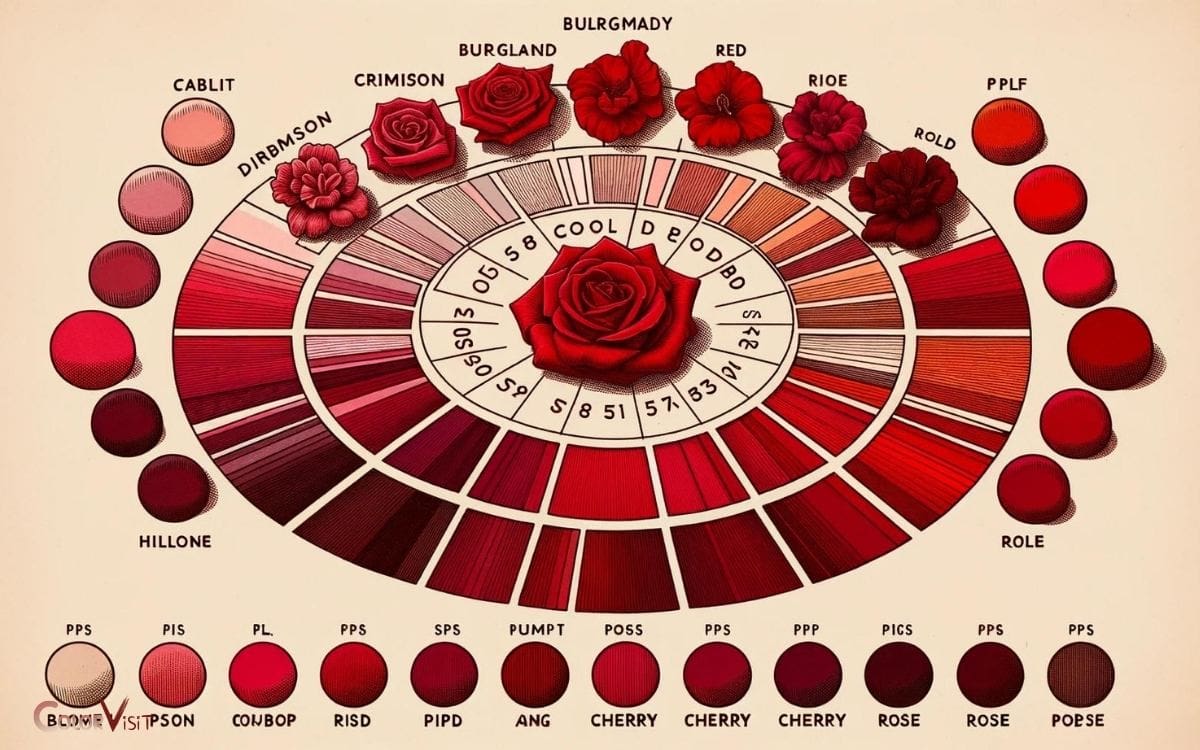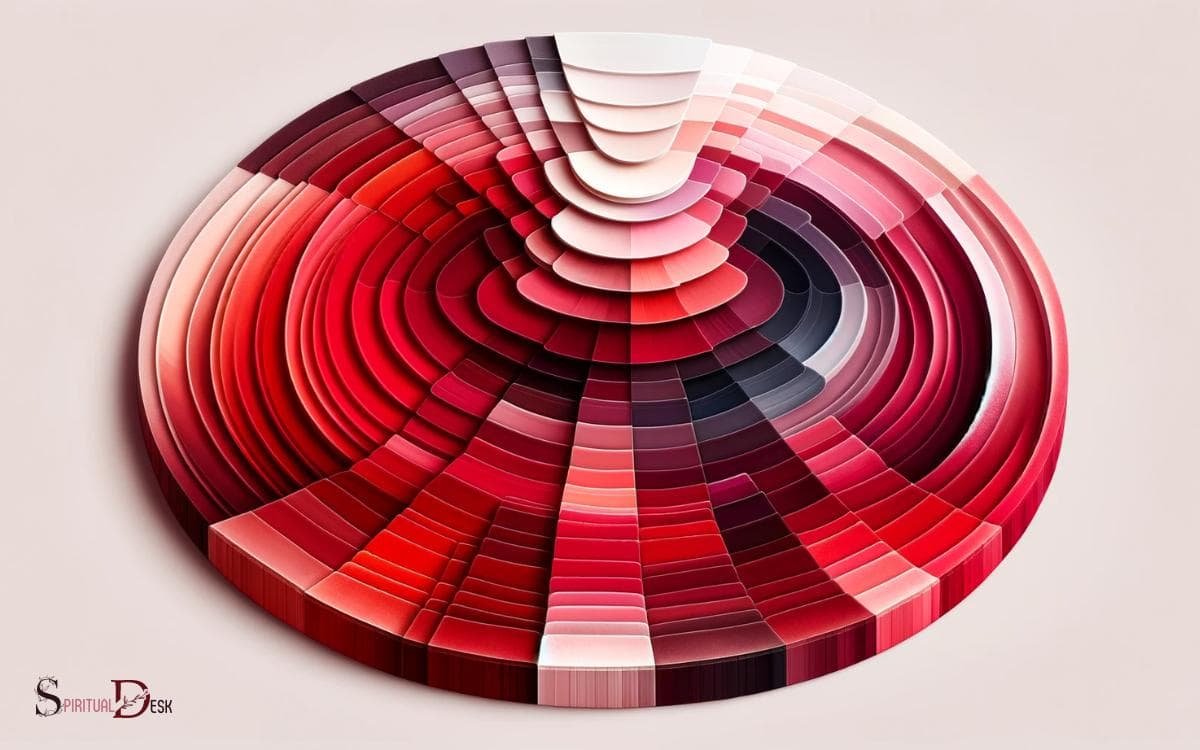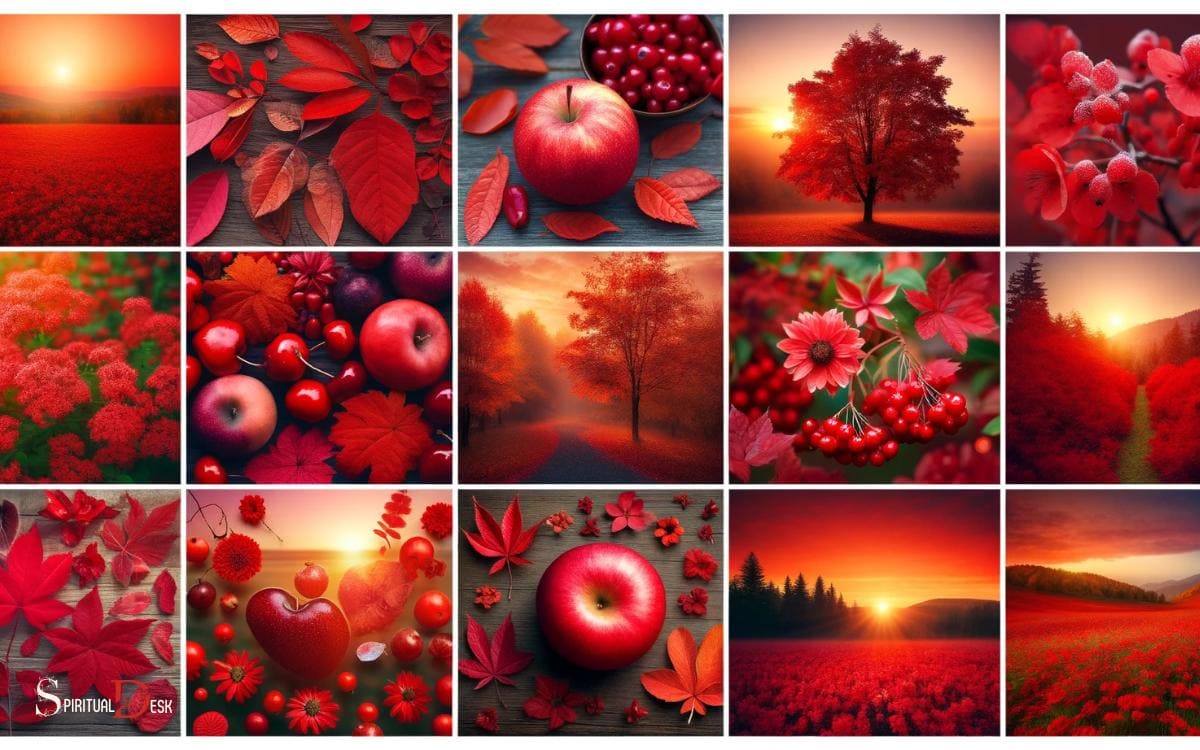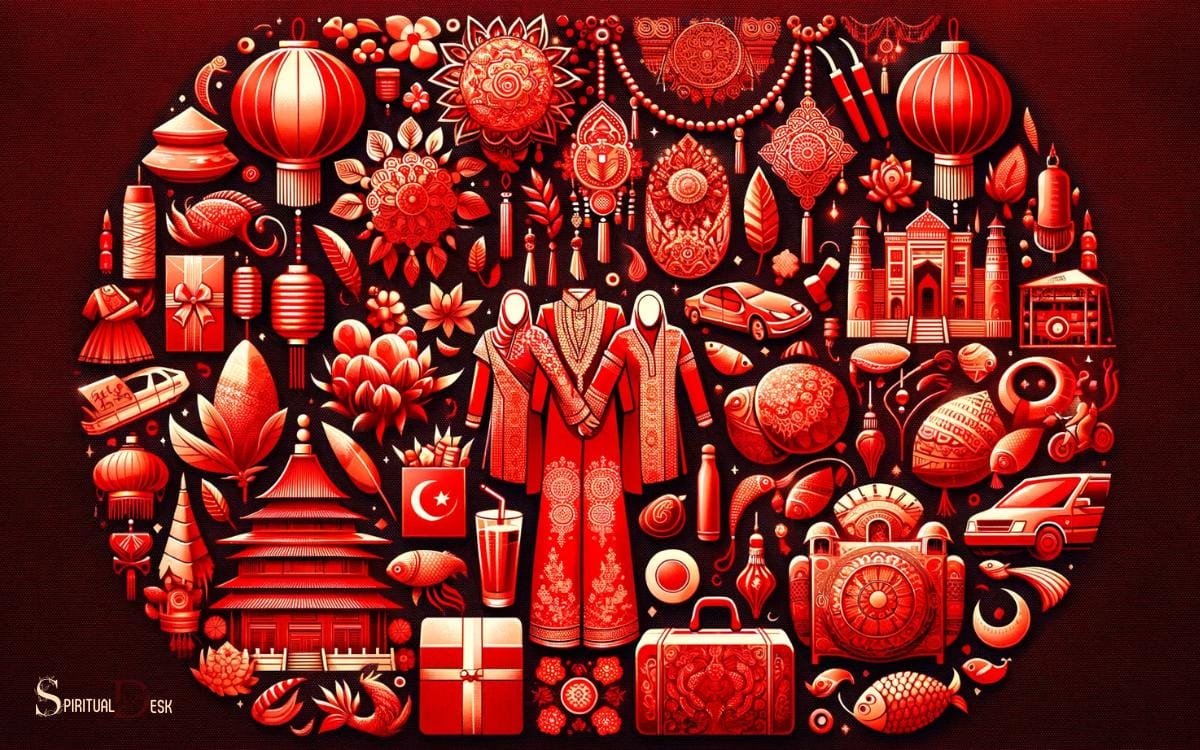Different Kinds of Red Color: Firebrick Red!
There are numerous kinds of red color which can range from vibrant to subtle shades, and can be classified into five major types: crimson red, ruby red, firebrick red, coquelicot red, and tomato red.
Red is a color that is rich in symbolism and cultural significance. Its various shades serve to express different emotions and ideas. From passion and love to anger and danger, red can evoke a wide array of feelings. One of its most striking representations is fire red as a color, which symbolizes intense energy and fervor. This vibrant hue often captures attention, making it a favorite in art and design to signal urgency or excitement.
For example, the fiery shade of crimson often symbolizes passion and love, while the earthy terracotta represents warmth and comfort.
These different shades of red are commonly used in various fields such as art and design, due to their ability to evoke strong emotions and create impactful visual appeal.
Key Takeaway
Shades of Red
In recent years, the fashion industry has seen a resurgence of interest in deep, rich shades of red, such as burgundy and maroon.
- These hues exude sophistication, elegance, and a sense of luxury, making them popular choices for both casual and formal wear.
- The deep, intense tones of burgundy and maroon provide a modern twist to traditional red, offering versatility and a timeless appeal.
- Designers are incorporating these shades into their collections, showcasing their adaptability across different styles and seasons.
- This renewed focus on deeper red hues reflects a desire for innovation within the fashion industry, as consumers seek unique and distinctive color options.
The popularity of these shades signifies a shift towards more daring and unconventional choices, catering to an audience that values creativity and individuality.
Symbolism of Red
The resurgence of interest in deep, rich shades of red, such as burgundy and maroon, reflects a broader cultural and psychological significance attached to the color red.
- Symbolically, red has long been associated with powerful emotions and concepts. It signifies passion, love, and desire, but also danger, anger, and strength.
- In various cultures, red holds diverse meanings, from good luck and prosperity to mourning and sacrifice.
- In the realm of innovation, the symbolism of red extends to representing courage, determination, and groundbreaking ideas. Brands often use red to convey energy, excitement, and boldness, appealing to forward-thinking audiences.
Understanding the symbolism of red allows for the strategic use of this color to evoke specific emotions and convey cutting-edge concepts in design, branding, and communication.
Red in Nature
The symbolism of red carries over into the natural world, where it manifests in the vibrant hues of flowers, fruits, and various fauna, reflecting both beauty and warning.
- Flowers: Red blooms, such as roses, poppies, and tulips, captivate with their rich and striking color, often symbolizing love, passion, and vitality.
- Fruits: Red fruits like strawberries, apples, and cherries not only entice with their sweet taste but also serve as a visual feast, signaling ripeness and abundance in nature.
- Fauna: From the crimson feathers of a cardinal to the distinctive markings of a venomous coral snake, red in nature often acts as a warning sign, signaling danger and toxicity.
Red in nature serves as a reminder of the intricate balance between allure and caution, weaving its significance into the tapestry of the natural world.
Cultural Significance of Red
Cultural reverence for red transcends borders and epochs, embodying deep symbolism and significance.
- In many cultures, red represents various emotions, beliefs, and rituals.
- In China, red symbolizes good luck and joy, often used in traditional weddings and festivals.
- In India, red is associated with purity, sensuality, and power, commonly worn by brides and used in religious ceremonies.
- Meanwhile, in Western cultures, red is often linked to passion, love, and courage.
- The color’s significance is also evident in historical art and literature, where it has been used to convey intense emotions and societal status.
Red’s cultural importance continues to evolve, with modern interpretations reflecting themes of revolution, energy, and progress, making it a color deeply ingrained in the human experience.
Red in Art and Design
In art and design, red plays a pivotal role in conveying emotions, cultural symbolism, and visual impact, serving as a powerful and versatile color.
- Emotional Intensity: Red is known for evoking strong emotions such as passion, love, and power. It can instantly grab attention and create a sense of urgency or importance within a design.
- Cultural Symbolism: Across different cultures, red holds diverse symbolic meanings. From luck and prosperity in Chinese culture to revolution and courage in Western contexts, its cultural significance adds layers of depth to artistic expressions.
- Visual Impact: Red is often used strategically to create focal points, add contrast, or stimulate the senses. Its bold and vibrant nature makes it an effective tool for creating memorable and impactful visual experiences in art and design.
Conclusion
The different shades of red illustrate the diverse ways this color is perceived and utilized across various contexts.
Its symbolism, presence in nature, cultural significance, and use in art and design all contribute to its multifaceted nature.
Red is truly a double-edged sword, as it can symbolize both passion and danger. Its presence in different aspects of life paints a vivid picture of its impact on human perception and culture.






